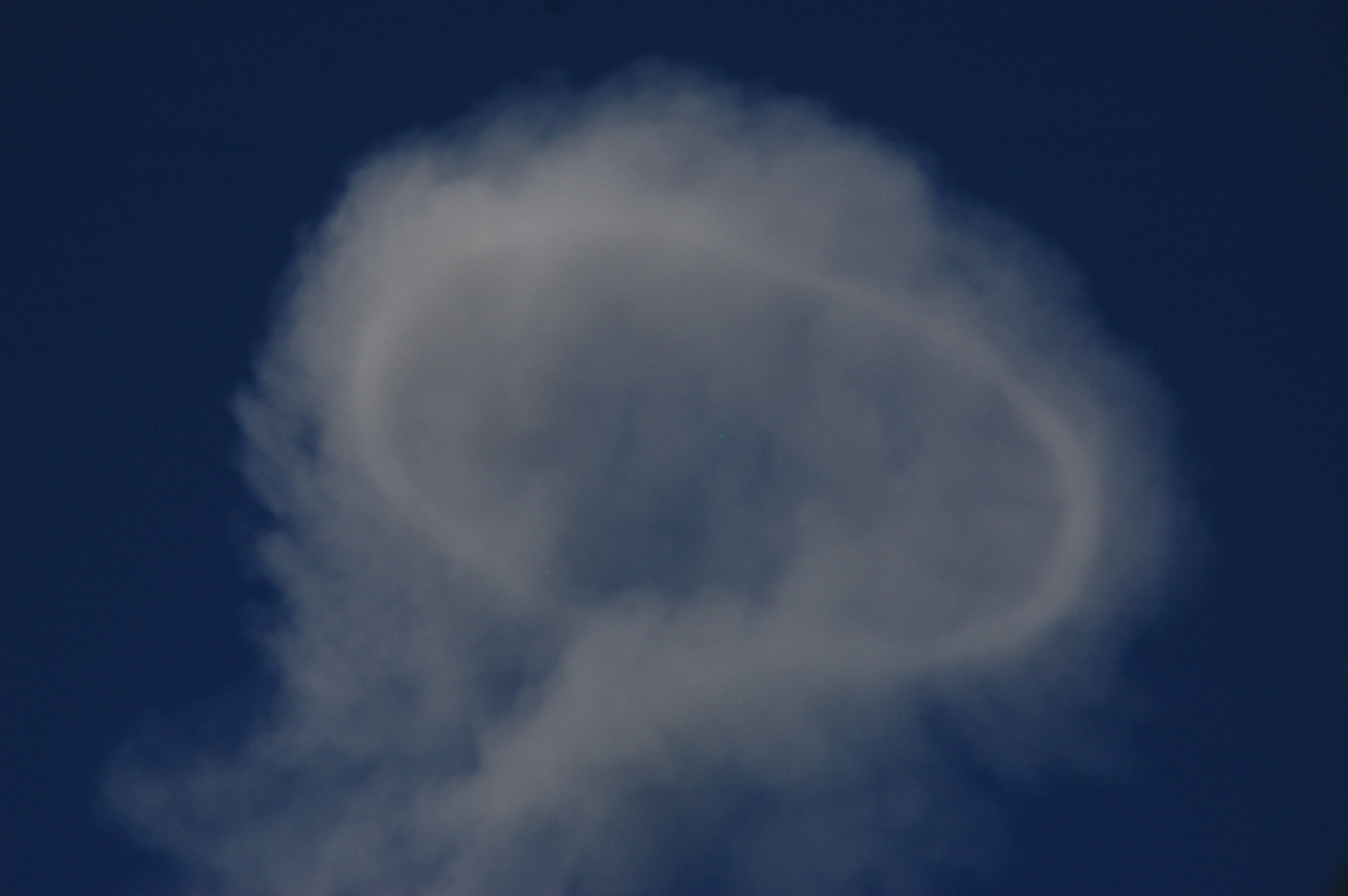Photo captures rare ‘smoke ring’ from volcanic eruption in Guatemala
‘They’re really quite magical,’ says volcano expert Matthew Watson

A rare “smoke ring” has been captured blowing from Guatemala’s Fuego volcano, an active stratovolcano 15 km west of the city of Antigua.
Matthew Watson, a professor of volcanoes and climate at the University of Bristol, shared a photo of the sighting on Twitter as part of a virtual “field trip” he is conducting online after having a real-life trip to Guatemala cancelled due to the coronavirus pandemic.
“What a stunning looking volcano,” he wrote in a tweet. “Fuego doesn’t disappoint, with loud Strombolian explosions and, this time, a smoke ring too,” he said.
Speaking with The Independent on Monday, Prof Watson said one of his students, Keith Blair, had captured the photo during a field trip they took around this time last year.
The smoke ring, a relatively rare sighting, was the second one that the professor had ever seen throughout his career studying volcanoes.
Read more: Volcanoes have played larger role in temperature variability than previously thought
“They’re reasonably rare. You have to be sort of quite lucky,” he said.
“I think I’ve seen one other in my lifetime staring at volcanoes, so it’s not the first time it’s ever been observed – that would be hyperbolic – but they’re reasonably rare,” he said.
Prof Watson said a volcanic smoke ring is produced in a similar way to how a person might produce a smoke ring from a cigarette.
It does require special conditions, however, with gas and steam being expelled from a vent. The phenomenon has more commonly been spotted at other volcanoes, such as Mount Etna in Italy.
“They’re extraordinary to look at, I have to say. They’re really quite magical,” Prof Watson said.
Volcán de Fuego, or the “volcano of fire”, is known for being almost constantly active, though typically at a low level.
The volcano’s eruptions can be violent, however, with tragedy striking in June 2018 after a powerful eruption left dozens of people living in nearby towns dead, with hundreds of others injured and missing.
“After June 2018 it kind of went quiet,” Prof Watson said, noting that there had been one significant eruption in November.
The professor said he and his students were missing being able to travel to Guatemala in order to research volcanic activity.
That is what prompted him to try to create a virtual “field trip” experience on Twitter.
“It’s all been blown apart this year because of Covid and yeah, you might say ‘first world problems’...but it’s really hard not to be there,” he said.

Join our commenting forum
Join thought-provoking conversations, follow other Independent readers and see their replies
Comments